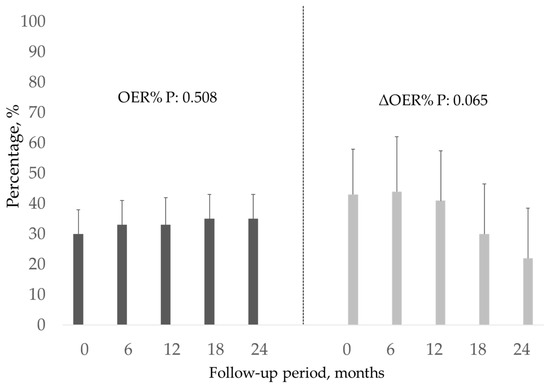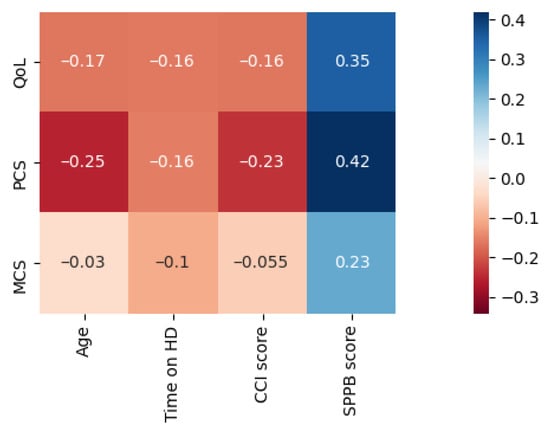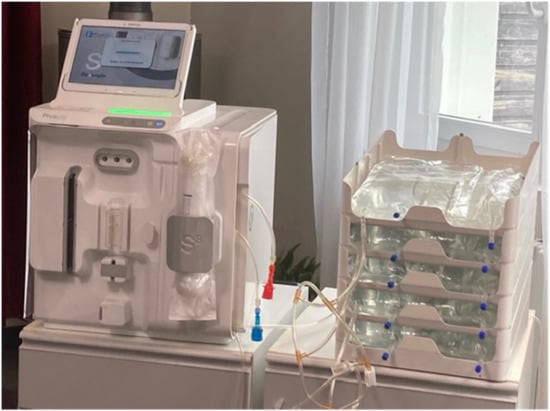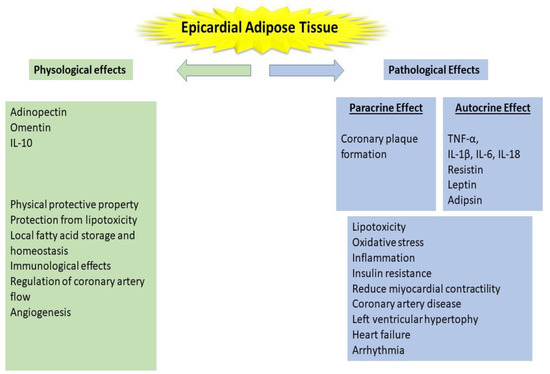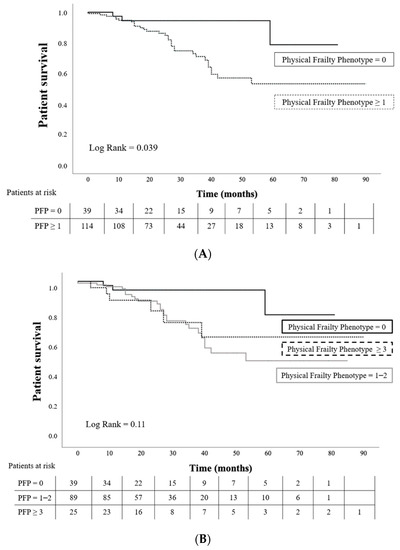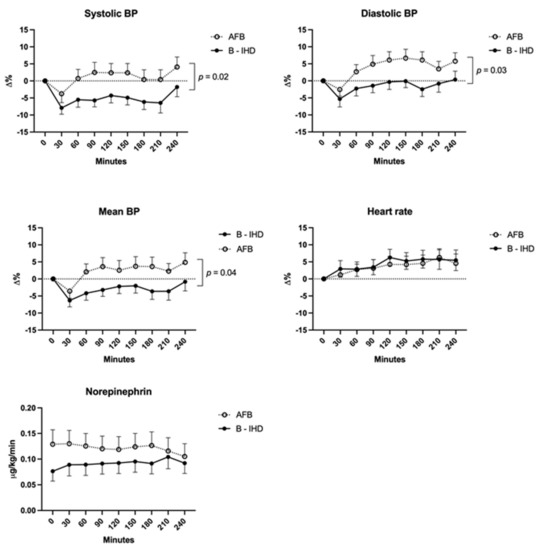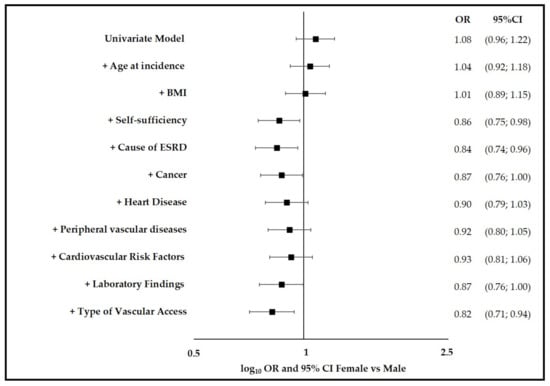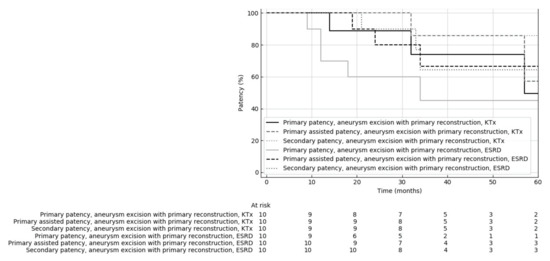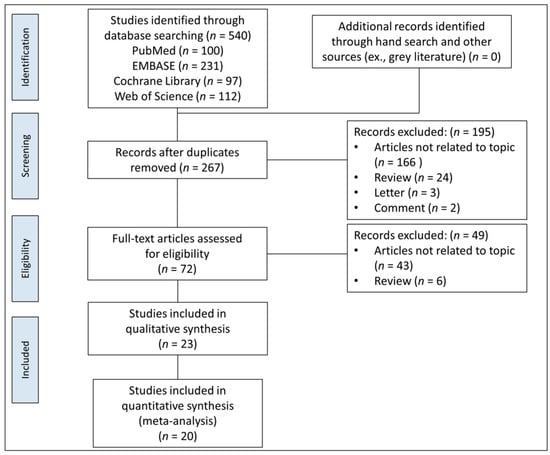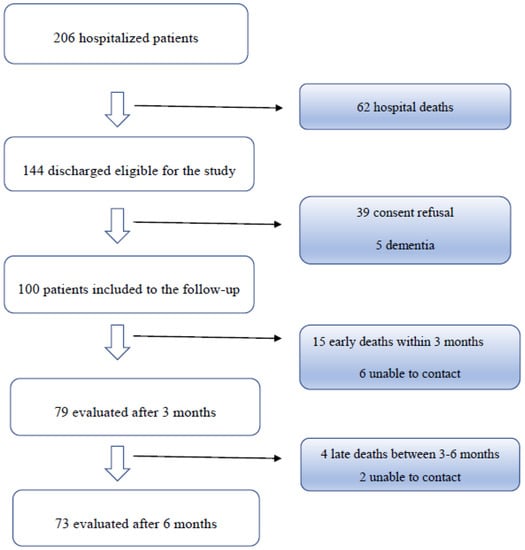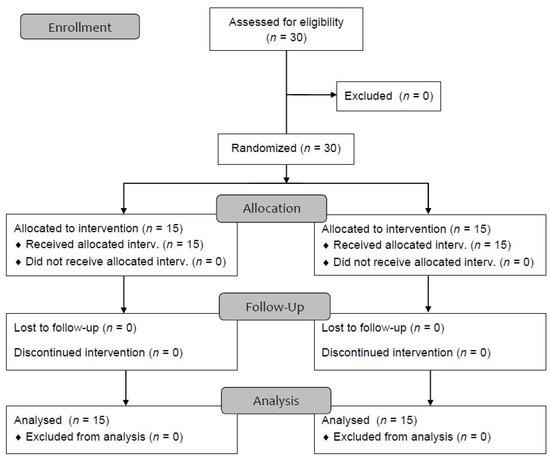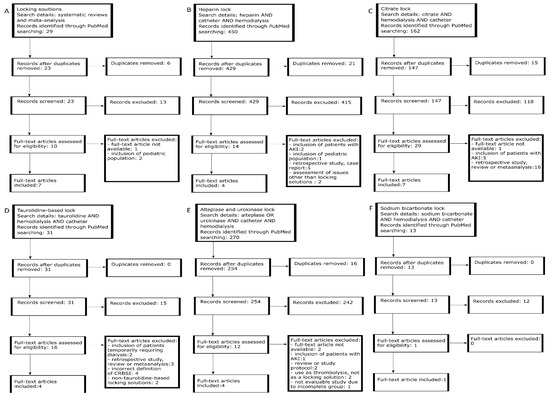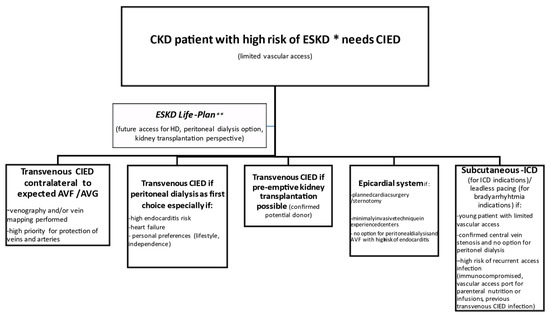Clinical Research and Advances in Hemodialysis (Closed)
A topical collection in Journal of Clinical Medicine (ISSN 2077-0383). This collection belongs to the section "Nephrology & Urology".
Viewed by 60396Editors
Interests: essential hypertension; dialysis; vascular access; hemodialysis; clinical nephrology; fabry disease; immunosuppressive agents; kidney transplantation
Special Issues, Collections and Topics in MDPI journals
Interests: diabetic nephropathy; kidney transplantation; membranous glomerulonephritis; inflammation in CKD and HD
Topical Collection Information
Dear Colleagues,
End stage kidney disease is among the most deadly and economically costly conditions faced by patients and modern society. The last decade has provided a number of advances in renal replacement therapy, particularly in hemodialysis. This refers to the preparation, initiation, and individualization of dialysis programs. The most important stage is choosing and installing the optimal vascular access-lifeline, as this strongly influences hospitalization burden and patient survival. The daily life of a dialysis patient is limited by fatigue, depression, and co-morbidities. This can be partially improved by the correct nutrition, exercising, and adequate dialysis. Patient-reported outcomes and health-related quality of life can help us to adjust both patient needs and medical indices. It is also important to analyze the economic costs of different practices, especially in the preparation for dialysis, vascular access functionality and complications, dialysis membranes and technical aspects.
This Special Issue of the Journal of Clinical Medicine will cover the following important aspects of hemodialysis:
- Nutrition in dialysis patients;
- Physical activity and rehabilitation during and after hemodialysis sessions;
- The correct vascular access in individual patients;
- Prevention and treatment of catheter-related infection and dysfunction;
- Outcomes in patients with cardiorenal syndromes on dialysis maintenance;
- Indices of dialysis adequacy;
- Mental health and dementia in dialysis patients;
- Health technology assessment (HTA) regarding preparation before and during a hemodialysis program;
- Patient-reported outcomes (PRO) and health-related quality of life issues.
Prof. Dr. Mariusz Kusztal
Prof. Dr. Kultigin Turkmen
Collection Editors
Manuscript Submission Information
Manuscripts should be submitted online at www.mdpi.com by registering and logging in to this website. Once you are registered, click here to go to the submission form. Manuscripts can be submitted until the deadline. All submissions that pass pre-check are peer-reviewed. Accepted papers will be published continuously in the journal (as soon as accepted) and will be listed together on the collection website. Research articles, review articles as well as short communications are invited. For planned papers, a title and short abstract (about 100 words) can be sent to the Editorial Office for announcement on this website.
Submitted manuscripts should not have been published previously, nor be under consideration for publication elsewhere (except conference proceedings papers). All manuscripts are thoroughly refereed through a single-blind peer-review process. A guide for authors and other relevant information for submission of manuscripts is available on the Instructions for Authors page. Journal of Clinical Medicine is an international peer-reviewed open access semimonthly journal published by MDPI.
Please visit the Instructions for Authors page before submitting a manuscript. The Article Processing Charge (APC) for publication in this open access journal is 2600 CHF (Swiss Francs). Submitted papers should be well formatted and use good English. Authors may use MDPI's English editing service prior to publication or during author revisions.
Keywords
- vascular access
- dialysis membranes
- complications
- AVF
- catheters
- dialysis adequacy







